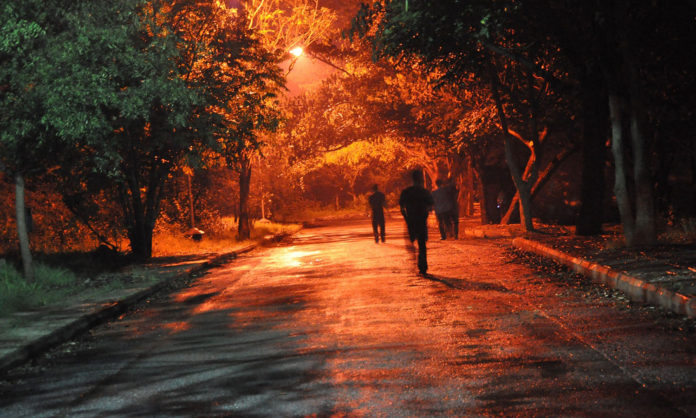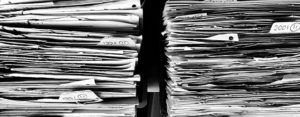In a post on Lit Hub, Susan Barker talks about the power of ambiguity in horror writing. “Horror is the genre of monsters: human or supernatural antagonists who threaten or persecute the main cast of characters,” she writes. “It’s not the monster’s ‘reveal’ that’s the most compelling thing in horror, but the tension of the onset and discovery, when the audience/characters slowly pick up on the ominous signs of its presence.”
However, when the threat is ambiguous – or open to more than one interpretation – the emotion is heightened. Did an intrude make a noise upstairs or was that the house settling? Is your spouse sleepwalking or possessed? “These scenes derive their power from the way we inhabit the character’s perceptions and interiority; their fear and confusion as they mentally scramble to make sense of what happened or wonder if they imagined it,” Barker says. “Sometimes the characters remain in rationalist disbelief and denial, because acceptance of the supernatural would cause a terrifying rupture in the world as they know it. The stubborn rationalists never fare well.”
Ambiguity in horror is unnerving because it relies on elements – sounds, disturbed sleep, bad dreams, a sense of anxiety – that we experience in our regular lives. “Of course, it’s easy to rationalize these anomalies. But there’s always that niggling doubt,” Barker says. “And horror takes that niggling doubt to the worst imaginable consequences; the monster appears and all descends into bloody carnage. Horror reminds us to take the ambiguous—that mysterious damp patch spreading across the ceiling, that occasional scratching in the cavity wall, more seriously.”












